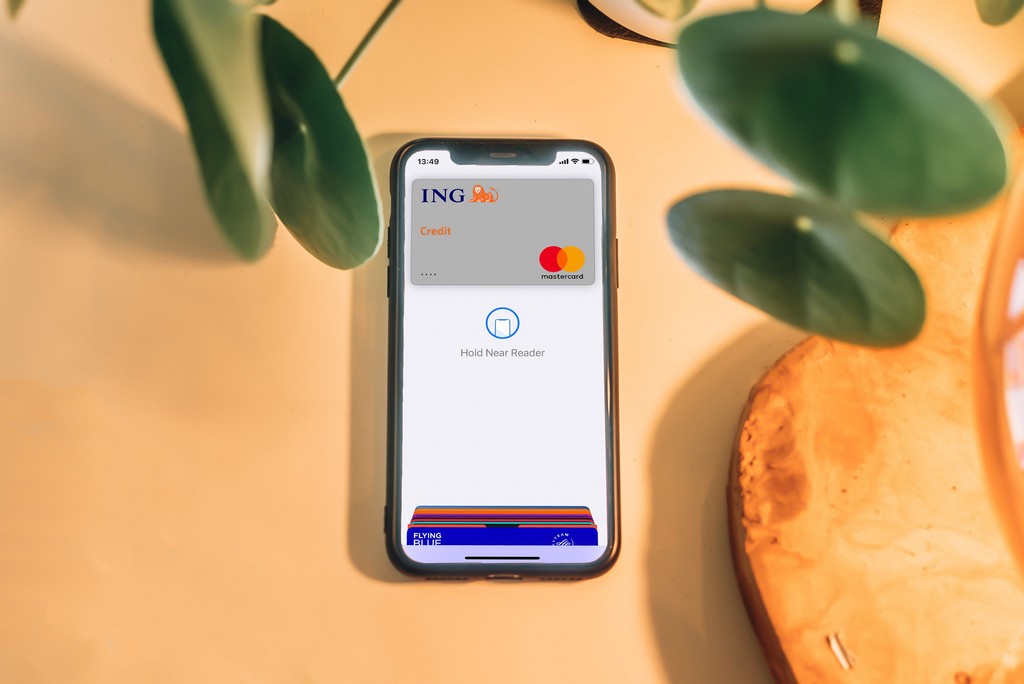Cognitive Psychology in UX Design: How to Get the Result You Want
26/12/2023 2023-12-26 10:35Cognitive Psychology in UX Design: How to Get the Result You Want
With our world revolving around technology, it has been increasingly difficult to grab and hold your audience’s attention span in today’s age. Thus, finding ways to keep the users engaged has become paramount for UX designers in order to maintain the relativity of their products. This is where Cognitive Psychology in UX design comes into play.
In this article, we look into the use of Cognitive Psychology in interaction design and how you can make your designs more intuitive using psychology!
Strategic Use of Cognitive Psychology in UX Design
Not recognizing the important role cognitive psychology plays in UX design can do a lot of harm to your product in this digital age. Cognitive psychology theories provide an insight into the human mind, which is closely related to the human-first approach UX design takes. Read on to learn about some of these approaches and how to use them in your day-to-day design projects.
The Chameleon Effect

The chameleon effect states that people tend to mimic the emotions they see in front of them and then follow that behaviour unconsciously. UX designers use this effect to trigger certain types of emotions while researching user interfaces to get desired results. For instance, UX designers can use a crying character when a user wishes to unsubscribe from their service to evoke the feeling of sadness.
Hick’s Law
This cognitive psychology in user interface design says that the more choices people have, the harder it is for them to reach a concrete decision. This means that if a person is overwhelmed with choices, they are more likely to not make a decision or delay it. Using this law of cognitive science UX design can be manipulated to get faster actions.
Retention Theory
According to retention theory, users maintain focus for a very limited period of time. This focus must be harnessed and directed by removing anything on the page that could be an obstacle to the user’s navigation. Retention theory, therefore, helps UX designers optimise the information proportion on a certain page with the time spent there.
Serial-Position Effect
People tend to look closely only at the first and last images or items when browsing a website, according to the serial position effect theory. This cognitive UX theory can help UX designers when selecting the list of items and, as a result, increase the probability of a higher desired end result.
Learn more about UI UX key principles here, so you can better incorporate cognitive psychology with it.
Reducing Cognitive Load: Steps You Can Take
With an abundance of information, the processing capability of the human mind decreases. Because of this, customers can get overwhelmed or confused, leading to negative results in UX and unsuccessful use of the intended website.
To avoid this confusion, UX designers can use the above-given cognitive psychology interaction design points along with the following steps to make their layout more intuitive.
Prioritise Simplicity

Make your layout as clear and simple to understand as possible. This will ensure that the user is not confused or overloaded with information and can navigate easily. While focusing on visual simplicity, aim to simplify written content as well. Ensure that all necessary information is on the same page with a non-invasive action button.
Provide Users with Social Proof
For human beings, it is easier to make decisions that society might approve of. With social proof, you can reassure your users about the decisions they make by adding review pages, most liked products, and client testimonials. This will reassure the user and motivate them to interact with a layout or design.
Utilise Familiar Patterns

By using familiar icons or elements, like a shopping cart icon for purchase or a heart for a wishlist, you make the entire navigational process easy for your users as they recognise these visual elements and do not need to put effort into understanding them.
Decluttering your Design
Decluttered designs that have fewer contrasting elements load faster and are easier to comprehend. If there are multiple elements and calls for action, the communication will be lost.
Furthermore, it is important to have enough white space between the design to de-clutter it. Simple designs that flow intuitively will help maintain the user’s attention. Avoid incorporating too many colours, visual weight, animations and interactions which will make the users overwhelmed.
Use Colour Theory
Colour theory is a vital aspect of UX design. Colours play a big role in influencing the users’ moods and actions. For instance, using gold, silver or metallic colours may give your users a sense of luxury. While using bright red could trigger a sense of urgency when flashed in front of the user.
It is also important to consider the geography, age, gender, season and target audience while forming a colour theme. For instance, professionals opt for neutral tones as it helps details stand out and reflects calmness.
Wrapping Up
Psychology and UX design have a lot in common. The overarching end goal for both fields is to understand human patterns better to fulfil customer needs and learn more about how consumers make decisions. Using cognitive psychology in UX design can help you build a product that is intuitive and can help you reach your desired end goal.
If you are an aspiring UX/UI designer that is looking to lay a solid foundation in the field of user interface design, explore the UI/UX courses by the JD School of Design. These programs will help you know more about the subject matter and instil entrepreneurial capabilities in you.













